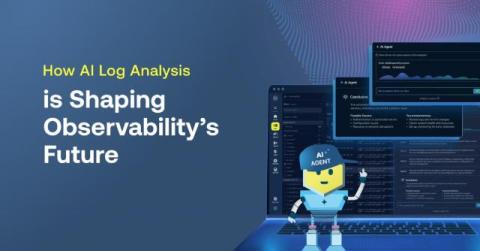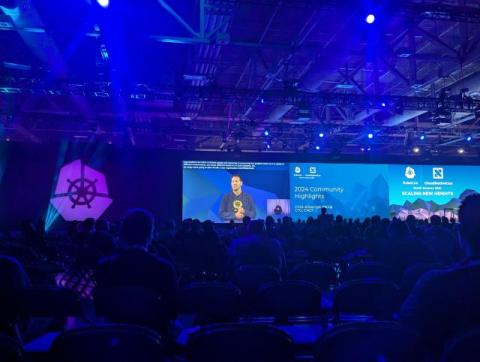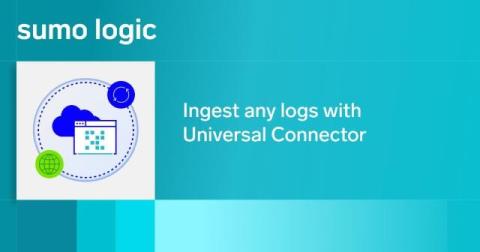12 Ways We Sleighed Innovation This Year
As we wrap up an incredible year, it’s the perfect time to celebrate Cribl’s progress and innovation in 2024! This year brought many exciting features designed to solve real-world problems and make life easier for our customers. In the spirit of reflection and festivity, I’ll highlight twelve game-changing product features, releases, and enhancements— each a testament to listening, learning, and delivering value to you, our users.








